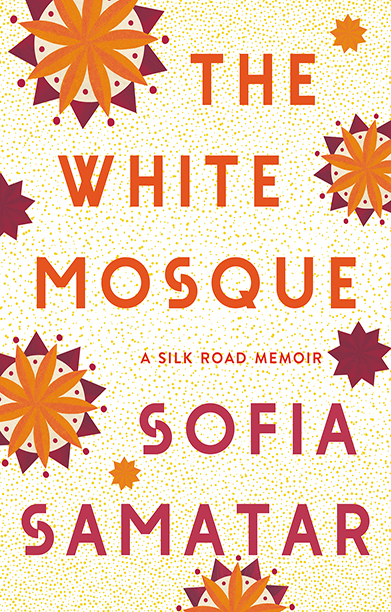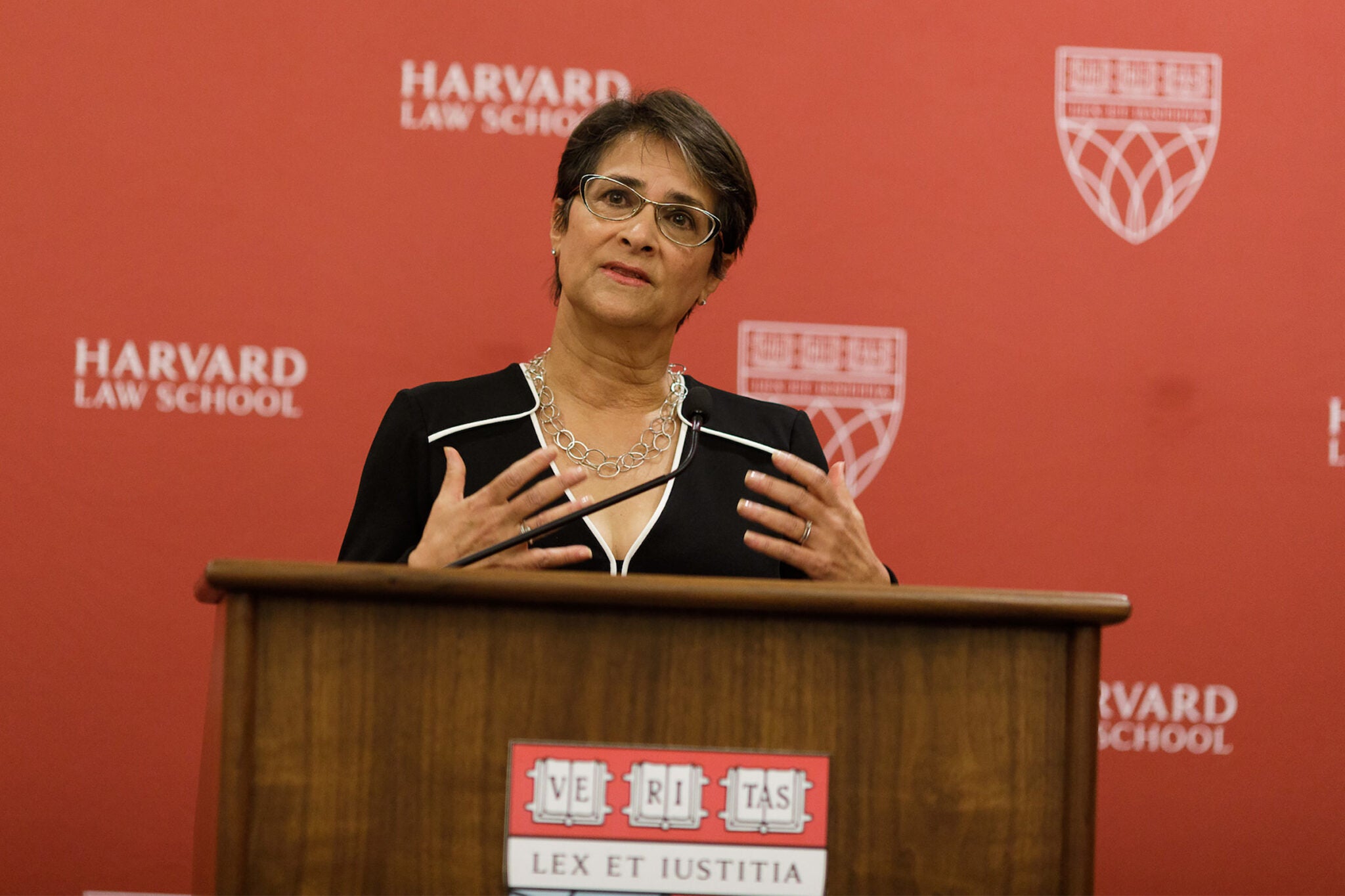INMIX-UAB
2022-12-19
Synopsis: This topical short documentary features interviews with multiethnic and multiracial youth living in Catalonia, Spain, who talk about their mixed heritage and its meaning for them, their identity and sense of belonging, and their experiences of discrimination and agency. Through these narratives, MIXED VOICES reveals that the positive, empowering experiences of mixedness—a growing reality in Spain as well as across the globe—can coexist with negative stereotypes and prejudices and the continued stigmatization and discrimination of racialized groups, who are more constrained in their identity options. In this way, the documentary highlights the socially transformative aspects of mixedness while alerting us to persistent social divisions that hinder social inclusion and cohesion.
MIXED VOICES was produced as part of the MIXED-YOUTH Research Project (“Social Relations and Identity Processes of Children of Mixed Unions: Mixedness—Between Inclusion and Social Constraints,” CSO2015-63962-R), for which a total of 152 Spanish-born individuals from very diverse ancestries were interviewed. More information about the results of this project can be found in the following publications:
- Rodríguez-García, Dan. (2022) “The Persistence of Racial Constructs in Spain: Bringing Race and Colorblindness into the Debate on Interculturalism.” Social Sciences 11: 13. https://doi.org/10.3390/socsci11010013.
- Rodríguez-García, Dan, Miguel Solana, Anna Ortiz, and Beatriz Ballestín. (2021) “Blurring of Colour Lines? Ethnoracially Mixed Youth in Spain Navigating Identity.” Journal of Ethnic and Migration Studies 47(4): 838–60. https://doi.org/10.1080/1369183X.2019.1654157.
- Rodríguez-García, Dan, and Cristina Rodríguez-Reche. (2022) “Daughters of Maghrebian Muslim and Native Non-Muslim Couples in Spain: Identity Choices and Constraints.” Social Compass 69(3): 423–39. https://doi.org/10.1177/00377686221091045.
- Rodríguez-García, Dan, Miguel Solana-Solana, Anna Ortiz-Guitart, and Joanna L. Freedman. (2018) “Linguistic Cultural Capital among Descendants of Mixed Couples in Catalonia, Spain.” Journal of Intercultural Studies 39(4): 429–50. https://doi.org/10.1080/07256868.2018.1487388.
- Rodríguez-García, Dan. (2016) “Advances in the Study of Mixedness: Evaluating the Relationship Between Mixed Unions and Social Integration.” Revista UAB Divulga: Barcelona Investigación e Innovación, 11/04/2016. https://www.uab.cat/web/news-detail-1345680342044.html?noticiaid=1345700449240.
The material for this documentary was recorded in 2020 in Catalonia, Spain, in the midst of a full lockdown because of the COVID-19 pandemic. Each participant self-recorded their video, which may have affected the sound and image quality in some cases. All participants have given their consent to use their recordings for the purposes of this documentary.
ORIGINAL IDEA, DIRECTION, AND PRODUCTION DESIGN:
Dan Rodríguez-García
EDITOR:
Victor Navarro-Izquierdo
PARTICIPANTS:
Carina Camacho-Semlani, Esteban Delgado-Arias, Jordi Strutt-Jaguin, Lukas Caggese-Ostergaard, Mireia Pereira-Molina, Nadya Jaziri-Arjona, Núria Ishii-Balagueró, Sonia Meynand-Giménez, Sora Ndiaye-Grau, Teresa Habimana-Jordana, Theo Bikoko-Pineda, Zeynabú Said-Xixons
PRODUCTION TEAM:
INMIX-UAB Research Group on Immigration, Mixedness, and Social Cohesion: Dan Rodríguez-García, Anna Ortiz-Guitart, Cristina Rodríguez-Reche, Teresa Habimana-Jordana, Miguel Solana-Solana, Beatriz Ballestín-González, Víctor Navarro-Izquierdo, Joanna Freedman
SUBTITLES:
Joanna Freedman & Dan Rodríguez-García






